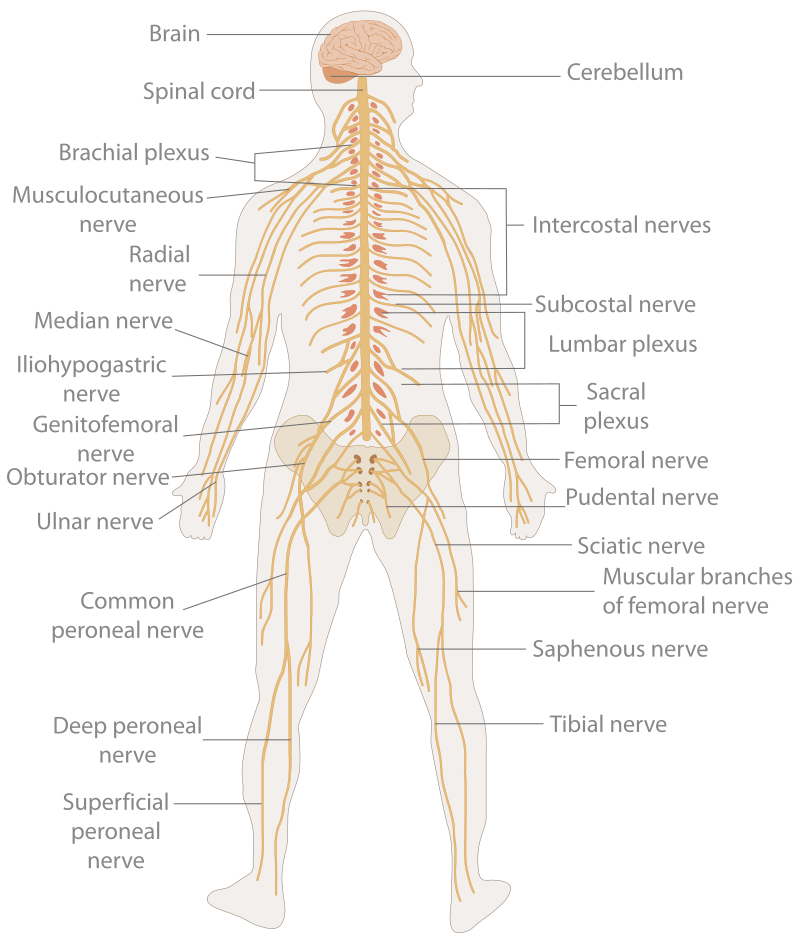Peripheral nerve injuries (PNIs) occur when the nerves outside the brain and spinal cord are damaged. These nerves are responsible for movement, sensation, and other vital functions.
When injured, they can cause pain, weakness, or numbness, often limiting daily activities. Physiotherapy can help patients recover and regain their function.

Peripheral nerve injuries can happen due to several reasons, with the most common being:
Other causes include metabolic disorders like diabetes, infections, or trauma from accidents.
The symptoms depend on the type and severity of the injury but commonly include:
Physiotherapy is a key component of recovering from peripheral nerve injuries. A customized treatment plan helps patients regain nerve function, move the affected muscles and joint, improve mobility and function while preventing further complications.
Peripheral nerve injuries can be quite challenging to deal with; it is important to have a full range of specialists on your team. If you are experiencing any symptoms, you should chat about your condition with your physiotherapist or family doctor as soon as possible!
We specialize in neurological rehabilitation of peripheral nerve issues. If you have any questions or need to see us, please get in touch!

Arjun Patel, PT, MScPT, MCPA is an orthopedic, neuro, and vestibular physiotherapist. He is the director of Blue Space Clinic Physiotherapy and sees complex cases on a daily basis. He is also an adjunct lecturer at the faculty of medicine at University of Toronto.
To learn more about Arjun and our clinic, click here!